Earlier this year I was struck with the triple-whammy of cold symptoms: a bad cough, a sore throat and a blocked nose. I was also deeply fatigued but even though I fought every moment of the day not to sleep at my desk, by the time I got into bed I couldn't drift off. The culprit: those previously mentioned cold symptoms.
I'm typically a solid sleeper. I have the best mattress for my sleep style, while my eye mask and white noise combo can see me through most disruptions. But this cold wouldn't stop. Breathing through my nose was difficult, but the endless coughing fits that resulted from breathing through my mouth were even worse.
It soon became clear that sheer exhaustion wasn't going to knock me out – I had to find a solution to soothe my cough so I could fall asleep. Luckily, as a sleep writer I'm more than familiar with sleep hacks for colds. From ice cubes to nose strips, here are the ones I found actually worked.
Why is it hard to sleep with a cold?
Sleeping with a cold can feel impossible. You can't take a deep breath through your blocked nose, so you try to breathe through your mouth. Only this dries your throat out, leading to a feeling akin to swallowing knives and a night spent coughing.
But even though it's difficult, it's important to at least try and get some rest when you're struggling with a cold. Sleep is important for your immune system, so the better you can rest, the more likely you are to heal up quickly.
What I tested and how well it worked: worst to best
Soothing drinks and ice cubes
Pros
- Immediate relief
- Affordable
Cons
- Benefits faded before I went to sleep
I tried either end of the scale here: warm drinks with soothing ingredients and ice chips. Both of them had their benefits, but the same big drawback.
First, I tried the classic combination of hot water, honey and lemon. Studies into this mixture generally indicate benefits, and anecdotally, it's always been my go-to for a sore throat. It did soothe my throat, easing my cough before I climbed into bed.

I also tried sucking on ice cubes, which the NHS recommends for painful throats. Again, I felt relief quickly. So well, I even tried taking a cup of ice cubes to bed with me (unsurprisingly, they did not last long).
And that was the main issue with this method. Any relief was short lived and by the time I was ready to climb into bed, the benefits were already tailing off. If I woke up in the night coughing, neither method felt like a convenient solution.
Elevating the head
Pros
- Free to use
- Easier to breathe through the nose
Cons
- Uncomfortable position
- In some positions, dried my throat out further
Sleep experts often recommend elevating the head if you're trying to sleep with a blocked nose. Raising the head helps drain mucus, so your nose stays clear and you can breathe easier.
When we spoke to Dr Katherine Green, Medical Director of the UCHealth Sleep Medicine Clinic in Colorado, about how to sleep with a cold, she explained raising the head can benefit a sore throat. " [It] helps to reduce the increased blood flow that occurs in those areas when you lay flat – by decreasing this blood flow you help to minimize inflammation and swelling in the area."
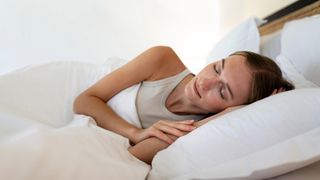
I dutifully stacked my pillows and tried to drift off in a back sleeping position. I hoped this would make it easier to breathe through my nose, so I could keep my mouth shut and limit coughs.
However, when lying on my back with my head raised, my mouth had a tendency to fall open any time I got drowsy. This dried my throat out further, exacerbating the cough. A higher elevation might have helped (an adjustable bed frame would have been useful), but adding more pillows just made my head feel unstable.
I switched to my side, which was better for my throat – but much worse for my neck. While I imagine some sleepers might benefit from a raised head, for me, it was just uncomfortable.
3. Nose strips
Pros
- Opened up the airway
- Non-invasive
- Didn't disrupt my sleep
Cons
- Uncomfortable to remove
I'd been handed a pack of nose strips when my team tried mouth taping for sleep, and after that experience they'd been abandoned in the nightstand. Out of desperation, I stuck one on my nose, closed my eyes and... woke up the next morning.
The nasal strips gently opened up my airways, reducing congestion and allowing me to breathe through my nose. This meant I could keep my mouth firmly shut, preventing my throat from drying out and my cough from returning.
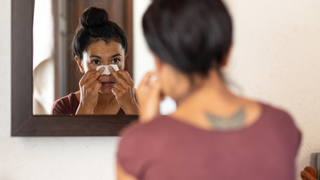
The biggest drawback was taking the strip off the next morning. To ensure the strips don't come loose in the night, some strong glue is needed. But that does mean you might lose a tiny bit of skin getting the thing off the next morning.
I used Hostage Nose Strips, available from $19.99 at Amazon, but there are plenty of options available. Sleep Features Editor Lauren Jeffries recommends Breathe Right Nasal Strips from Amazon, which she found a highly effective device to stop snoring.
Other ways to help sleep with a cold
I found nasal strips the most effective method for sleeping with a cold, but the three hacks I tried might not work for you. Here are some other tips and tricks to consider...
Take a warm bath or shower
Studies indicate that a relaxing warm bath before bed can help you sleep even if you don't have a cold. And if you're feeling stuffed up, the steams help loosen any mucus in your sinuses so they can drain easily.
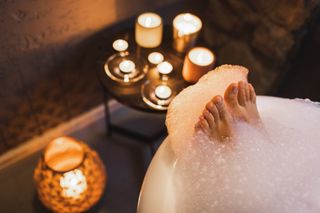
Use a nasal spray or nasal rinse
Nasal sprays help reduce swelling and clear mucus, making it easier to breathe. These sprays can often be purchased over the counter, while some are given out on prescription.
Nasal rinses are used to, essentially, flush out the nostrils. Used correctly, a nasal rinse can effectively clear the mucus that's blocking the nasal passages.
Avoid alcohol (but stay hydrated)
Alcohol can cause your sinuses and nasal passages to dry out (as can caffeine, but you probably already know to avoid coffee before bed). Alcohol can also cause the muscles in the throat to relax and collapse, making snoring worse and potentially drying out your throat further.
But while you should steer clear of alcohol, it's important to remain hydrated. Research has long connected good hydration to a healthier immune system, plus, a glass of water by your bed can help ease nighttime coughs.
Why does a cold get worse at night?
A mild cold during the day can often feel ten times at worse at night and it's not just in your head. We asked Dr. Lindsay Browning, neuroscientist and sleep expert at And So To Bed for advice on how to sleep when you have a cold. She had this to sat about why your cold gets worse at night:
"When laying down, the mucus cannot drain in the same way it would when gravity is helping, leading to disturbed breathing or a cough caused by post-nasal drip."
And from my own experience, it's easier to ignore a cold when you're wrapped up in your work (or your latest binge watch, as it may be). It's much harder when you're lying iin bed, with nothing to focus on except that faint scratch in the back of your throat...

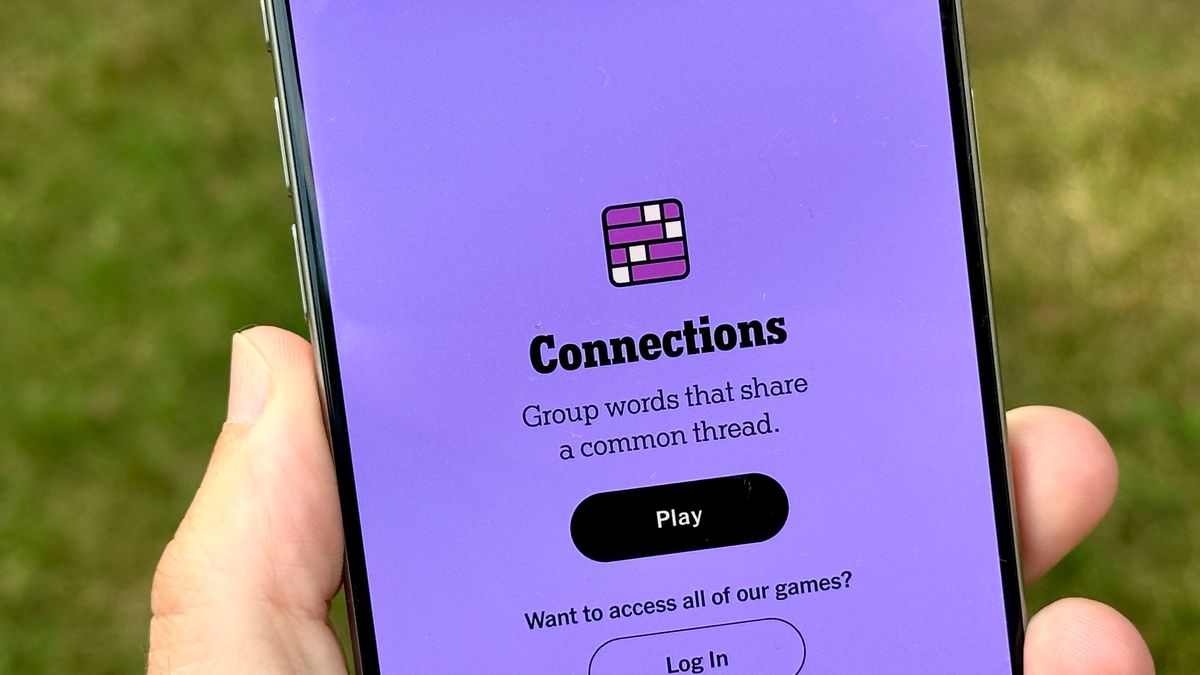





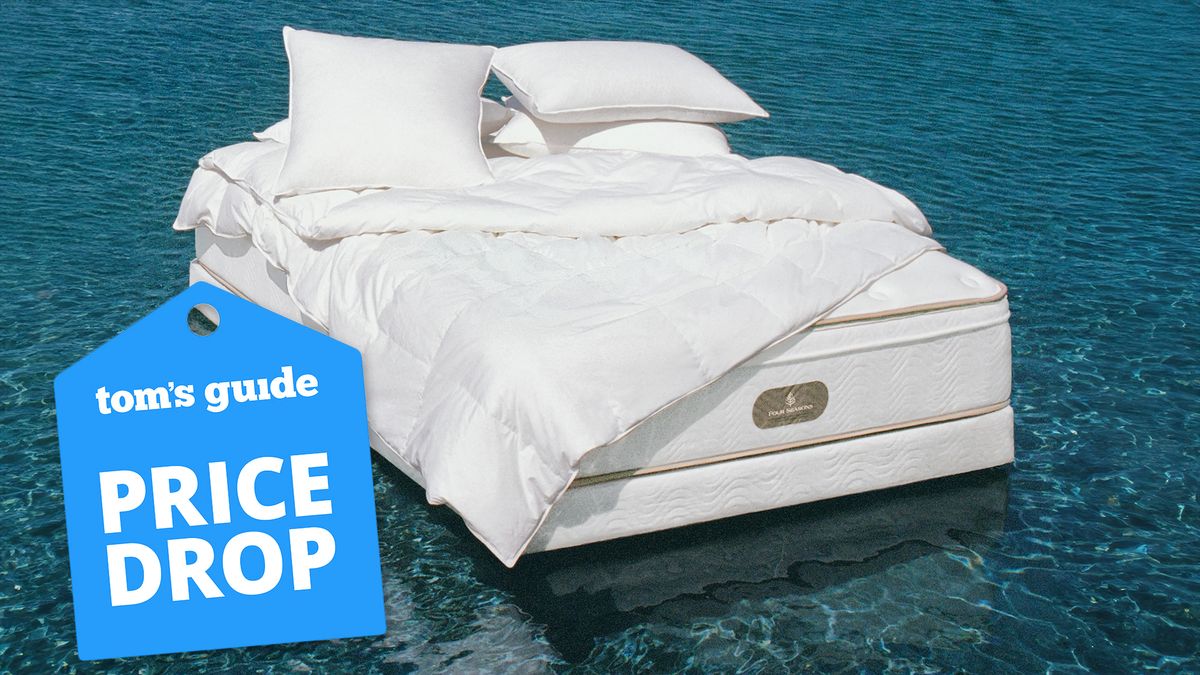













 English (US) ·
English (US) ·